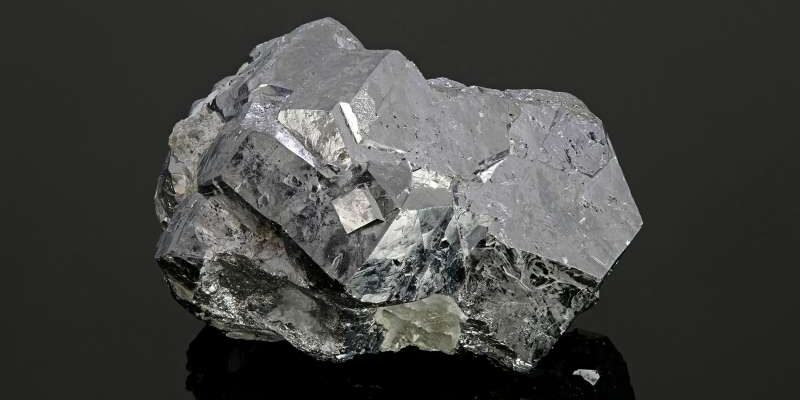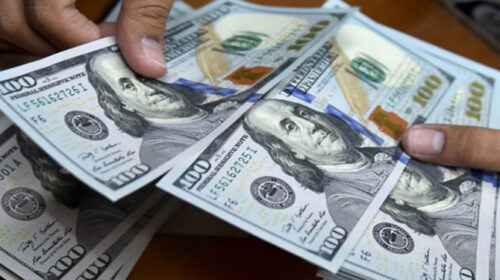Global Demand for Critical Minerals Expected to More Than Double by 2030
It just so happens that all of these critical minerals useful for the energy transition that global industry needs are in the Democratic Republic of Congo.
A report published on July 11 by the International Energy Agency (IEA) notes that by 2030, the global demand for critical minerals necessary for the energy transition such as cobalt, copper, lithium, nickel and rare earth elements should more than double.
Entitled “Critical Minerals Market Review 2023”, the report specifies that the demand for these minerals used in the manufacture of solar panels, wind turbines or even batteries for electric vehicles should more than double compared to current levels by the end of the current decade in the scenario of the commitments announced by governments around the world, if they are fully respected and carried out on time.
The demand for minerals essential to the energy transition is expected to multiply by 3.5 by 2030. This, in the “Net Zero Emission” scenario (Net Zero Emission/NZE), which provides for the achievement of the carbon neutrality by 2050.
The main drivers of this projected demand growth are electric vehicles and battery storage, but low-emission power generation and power grids are also important contributors.
The report also reveals that the global market for critical minerals has already doubled in the past five years to $320 million driven by growing demand and rising prices.
Between 2017 and 2022, global lithium demand more than tripled. Cobalt demand increased by 70% while nickel demand increased by 40%.
Looking at the figures available, the energy sector is the main driver of this growth. In 2022, the share of clean energy technologies in total demand has reached 56% for lithium, 40% for cobalt and 16% for nickel.
![]()





